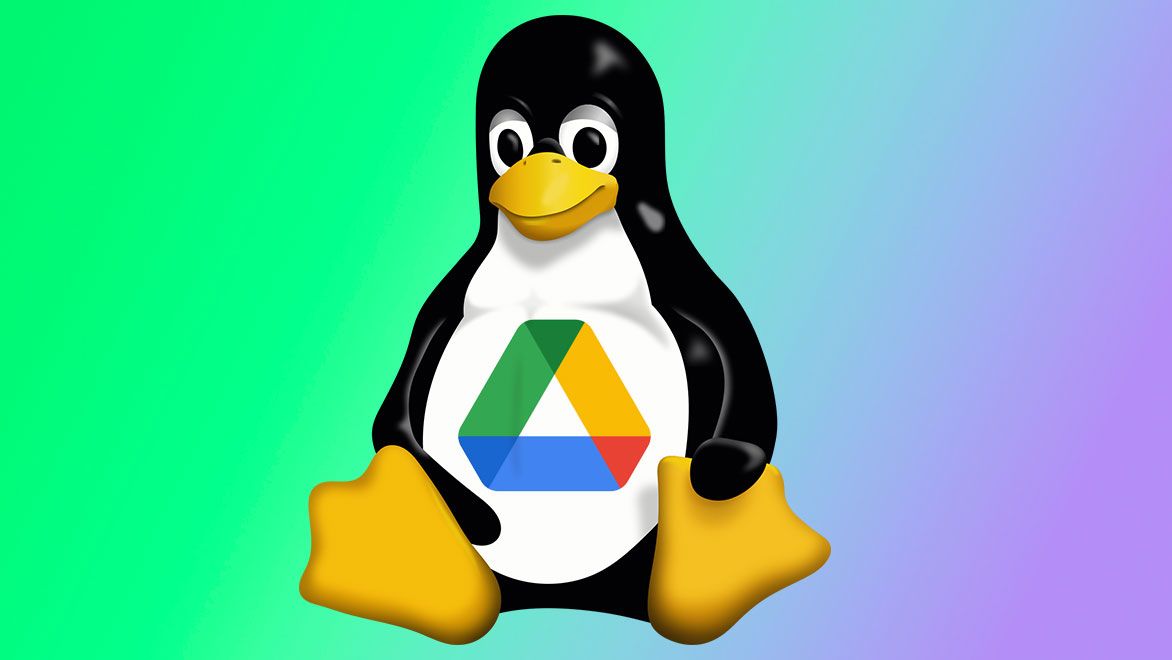Ersei, the developer behind this so-called Cloud Native Computer, says the project was primarily a “silly” pursuit. There is also a problem with booting from Google Drive currently being very slow. However, the dev also boasts that “the possibilities are endless” and would welcome any companies or individuals who wish to get in contact and discuss commercializing this project or something related to it.



Apple introduced the ability to boot from the internet, known as Internet Recovery, with the release of OS X Lion (10.7) in 2011. This feature allows Macs to connect to Apple’s servers and download a recovery system image to perform repairs, reinstall macOS, or restore from a Time Machine backup without needing a physical installation disk
https://support.apple.com/en-us/102271
Edit: I’m not taking away from the dev’s work. I was always a fan of Apple introducing their (limited) version of it into their firmware all those years ago.
This is different (and far less practical than Apple’s approach). This one doesn’t download the OS and store it, it pulls the files from Google drive every time they’re accessed, so it’s incredibly slow by comparison, but is technically running from the cloud. The Apple one downloads everything it needs and stores it, then pulls from that local copy.
What they both do is get a system into a desktop without a local disk or OS. I was adding to the discussion on the topic of “diskless booting”. Not comparing techs.
I was also adding to the discussion. You commented something it reminded you of, I commented the difference between the two. This may be an important point for those who are not familiar with either of these technologies.
I forgot people refuse to read the articles and visit the links on threads they comment and vote on.
Yeah apparently adding to the discussion is frowned upon here, my comment chain got derailed by a “joke” because I tried to differentiate between the cloud and a PC to have a discussion….
So it’s like PXE booting without a permanent local disk. If you have enough RAM, that’s probably fine.
Or is it only downloading the kernel and loading literally everything else over the net with no RAM cache? If so, that’s terrifying.
Yeah I believe it’s loading everything over the net. I haven’t looked super closely into it. I’m not sure what, if any, practical applications there are for this. Seems like it’s just a fun impractical project. I’m here for it. But you’re right about it being terrifying lol.
I’d argue it’s a bit worse than PXE booting, since they talk about having the actual bootloader on a USB stick, whereas the same thing could have been done by having the boot process remote too.
That’s not booting from the net that’s downloading an image and keeping it in RAM without sending any changed data back to the cloud, or needing to fetch anything once the image is downloaded.